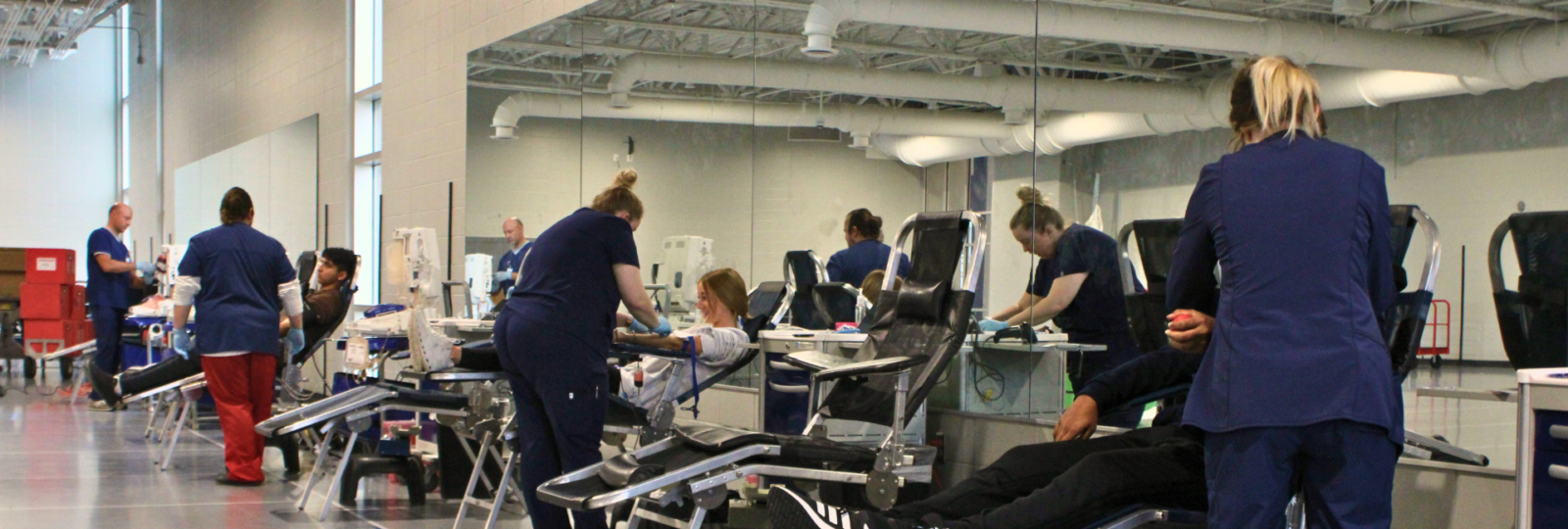Fall Blood Drive
Share this story

On Tuesday, November 5, Northwest High School hosted its annual blood drive in the multipurpose room.
The Red Cord Program is an opportunity through LifeServe for graduates to receive at graduation cord once they donate blood three times throughout their high school career. Once the students reach this goal, they will have a red cord around their gowns at graduation. Many Northwest students are working towards this cord.
“My friend was doing it and I want to get my red cord,” junior Maggie Kuennen stated after donating during the blood drive.
Students 16-years-old and above are allowed to donate. Some donate through the school or at other healthcare services. The red cord is not the only reason students give blood. Many do it to help others in need.
“I always liked the idea of being able to donate blood and help people,” senior Katelyn Hardy commented.
There are many restrictions when it comes to getting blood drawn. First students must fill out paperwork and a consent form before getting tested. Once that is done they will get a finger prick to find all their medical information. This shows iron levels, what type of blood each student has, and more genetic information. Students cannot donate if their iron levels are too low, if they do not meet the age requirements or if they do not meet the minimum weight.
For many students, this was their first time giving blood and they were unfamiliar with how the process works. For first-time donations, Northwest High School’s Student Council helped guide students if they became either lightheaded or sick. Food and drinks were offered to the students who donated at Northwest High School.
“It didn’t make me as light-headed as I thought it would be, so that’s nice,” junior Samuel Houston added.
Feeling light-headed after giving blood is completely normal which is the reason for eating right after. Eating something sweet or salty can help to avoid negative outcomes such as passing out or feeling sick. Most Northwest students felt perfectly fine after and went back to class after resting for a little while.
Giving one pint can change someone’s life by saving them. These donations can go a long way for someone in need. LifeServe, the organization that coordinates similar donations, needs a variety of blood types for the patients in need. The more donations, the more people can be saved.
